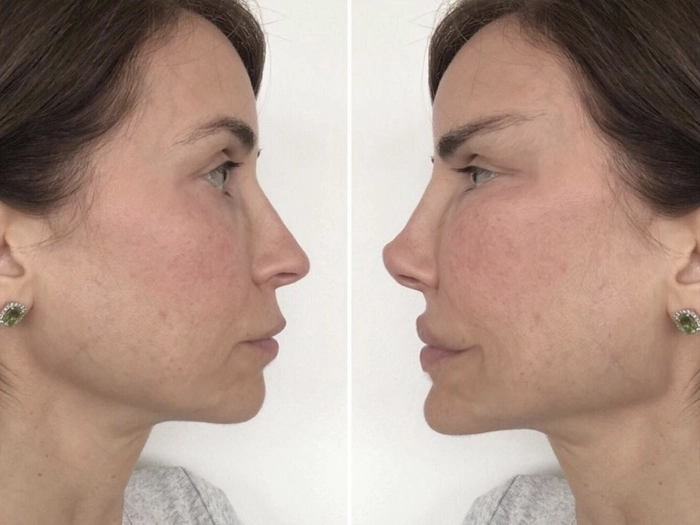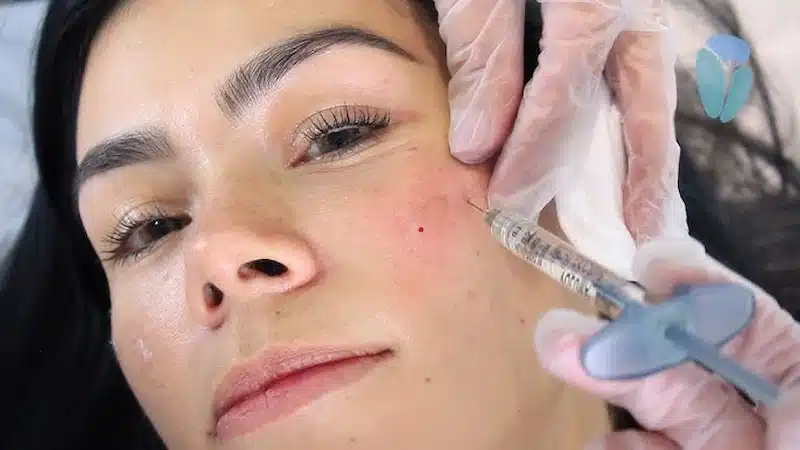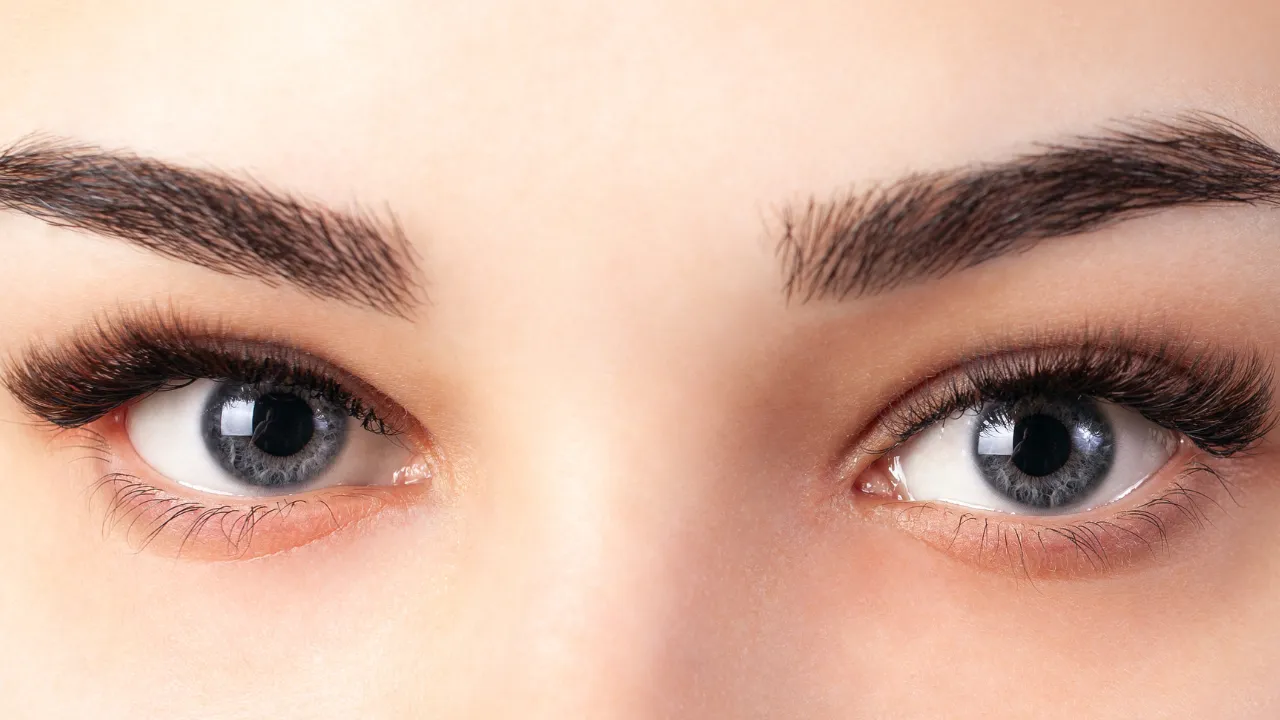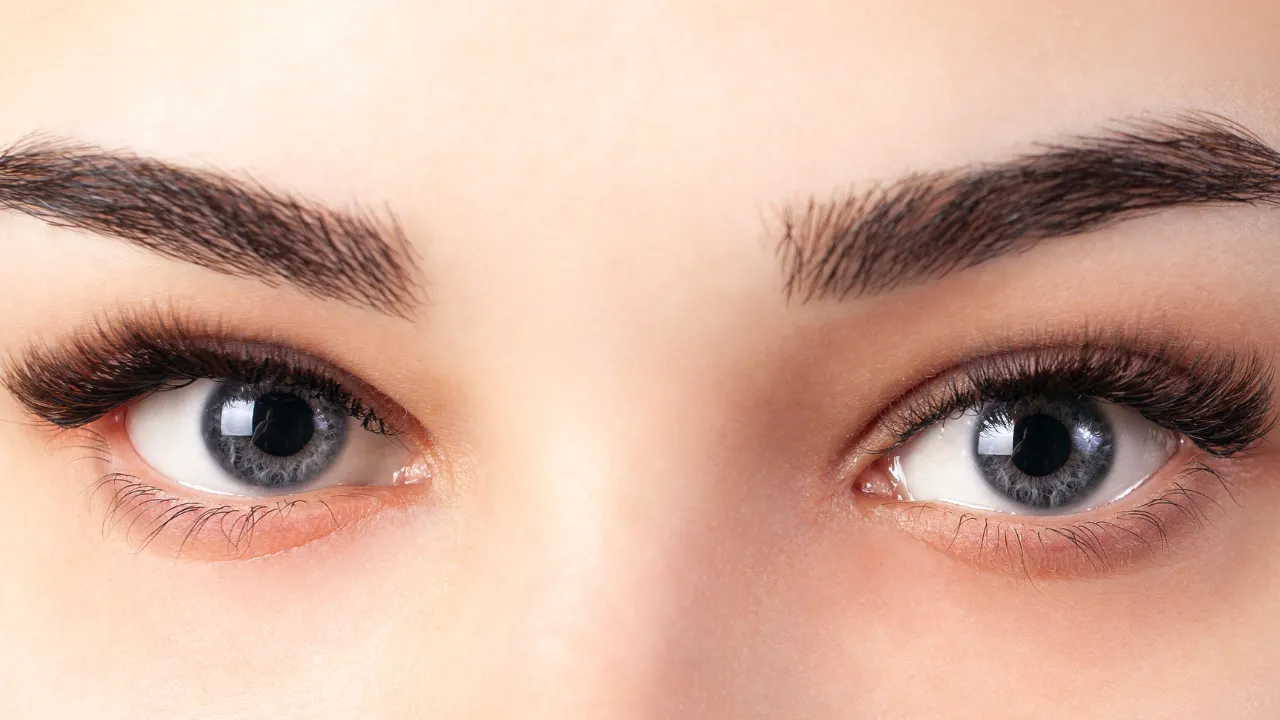Fillers do not ruin your face when done by a board-certified specialist who understands facial anatomy and product safety.
Problems usually occur when untrained injectors use poor techniques, administer excessive product, or utilize non–FDA–approved materials.
The question of whether fillers ruin your face depends on how carefully they are used. When done correctly, filler treatments restore volume, smooth wrinkles, and keep a natural look. These results fade over time as your body absorbs the naturally occurring ingredients in the skin.
At Kopelman Aesthetic Surgery in New York City, Dr. Joel Kopelman helps patients get natural, balanced results. With decades of experience in facial plastic surgery, Dr. Kopelman focuses on precision, safety, and honest expectations.
Key Takeaways
- Fillers do not ruin your face when injected by a board-certified specialist using FDA-approved materials.
- Most issues happen when injectors use poor technique or add too much filler.
- Hyaluronic acid, calcium hydroxylapatite, and poly-L-lactic acid fillers are safe and dissolve over time.
- Regular checkups and careful aftercare help maintain natural-looking results.
- Serious side effects are rare and can be prevented with expert care.
Table of Contents
ToggleWhat Do Fillers Do to Your Face
Understanding what fillers do to your face helps explain why most people get positive results when the treatment is done correctly.
Dermal fillers include gel-like substances that restore volume, smooth wrinkles, and improve facial symmetry. Learn more about the best facial fillers and how they can enhance your appearance safely when applied by a qualified injector.
Most fillers utilize hyaluronic acid, which attracts water and helps hydrate the skin. Others use calcium hydroxylapatite or poly-L-lactic acid to build structure and support.
These materials mimic natural elements found in the body, such as collagen and hyaluronic acid (HA). By injecting fillers into specific areas, doctors can lift sagging skin or enhance the shape of the lips, chin, and cheeks. Results are temporary and fade as the filler breaks down.

How Facial and Cheek Fillers Work
A board-certified surgeon like Dr. Kopelman injects fillers in key points that match your bone and muscle structure. This careful technique prevents overfilling and maintains a balanced appearance.
Cheek fillers support the midface, creating a refreshed look without the need for surgery.
Dermal filler injections use FDA-approved materials tested for safety. Hyaluronic acid HA and calcium hydroxylapatite are the most common options, each chosen for a specific goal. When done correctly, these treatments give a smooth and youthful appearance.
What Happens Beneath the Skin
After injection, fillers settle between layers of skin and soft tissue. They draw water, add gentle lift, and help boost collagen production. When placed incorrectly, fillers can block blood flow or cause unevenness.
Dr. Kopelman’s deep knowledge of facial anatomy helps avoid these risks and ensures natural results.
Why Some People Stop Using Fillers
Some people worry about looking “overdone.” These fears are real, but they are usually caused by poor technique or excessive product use. Dr. Kopelman’s method focuses on subtle changes that maintain your face’s natural appearance.
Others stop fillers when they notice puffiness or uneven texture, or when they want longer-lasting surgical results.
This concern also ties into the question Do facial fillers ruin your face. In truth, when administered by a skilled injector using FDA-approved materials, facial fillers enhance appearance rather than harming it. Problems happen only when fillers are misused or injected in the wrong areas.
What to Know Before Choosing Fillers
Before getting fillers, it’s important to understand how they work and what to expect. Sessions last 30 to 60 minutes and may involve the use of a numbing cream. Mild swelling or redness can last one or two days.
Safety Checklist:
- Make sure your filler is FDA-approved.
- Choose a board-certified injector with facial anatomy training.
- Please share your medical history and any known allergies.
Shallow injections smooth lines, while deeper ones restore volume. Knowing how and where fillers are used helps you set clear, realistic expectations.
Risks and Side Effects of Fillers
Fillers are safe when done correctly, but side effects can happen. Minor swelling or bruising is common and fades in a few days. More serious problems, such as infection or blocked blood flow, are rare.
If you plan to treat delicate areas, review the side effects of under-eye fillers to learn how technique and placement affect results.
Using an unqualified injector increases risk. FDA-approved fillers, combined with the expertise of a skilled professional, greatly reduce complications. Always discuss your medical history with your healthcare provider before treatment.

Possible Complications and Risk Levels
Poor placement can lead to serious problems like vascular blockage or tissue loss. These risks are rare and preventable with proper skill.
Risk Levels:
- Mild: Swelling, redness, or tenderness.
- Moderate: Lumps or uneven filler placement.
- Severe: Vessel blockage or infection.
Contact your provider if you experience pain, notice changes in skin color, or have persistent swelling.
Can Fillers Ruin Your Skin or Texture
Overfilling can stretch skin and make it less firm. A skilled injector prevents this. Hyaluronic acid fillers also stimulate collagen production, which improves texture and elasticity over time.

Long Term Effects: Do Fillers Ruin Your Face?
The concern that fillers can ruin your face over time stems from overdone treatments. With proper technique, fillers age naturally with your skin.
Hyaluronic acid fillers last 6–18 months, while calcium hydroxylapatite and poly-L-lactic acid fillers last longer and fade safely.
Cheek Fillers: Can They Ruin Your Face?
When administered by an experienced doctor, cheek fillers can enhance the shape of your face. Problems occur only when too much filler is added or when the balance is lost. Dr. Kopelman uses conservative amounts to maintain proportion and harmony.
Fixing and Reversing Bad Filler Results
Even well-done treatments may need correction. Many people now dissolve old fillers to achieve a more natural appearance.
For those with issues, this guide on face fillers gone wrong explains how to fix poor results or filler migration. Hyaluronidase can safely dissolve hyaluronic acid fillers within hours.
How to Prevent Bad Filler Results
Choose a Qualified Injector
Experience matters most. A board-certified surgeon understands both appearance and safety.
Follow Aftercare Steps
Stay upright for several hours after treatment. Avoid touching or massaging the area unless instructed to do so.
Quick Tips:
- Schedule touch-ups every 12 to 18 months.
- Inform your provider promptly if you notice any uneven results.
- Ask to see filler packaging before injection.
These steps keep your results smooth and natural.
Frequently Asked Questions About Fillers
No. Most fillers utilize materials that naturally occur in the body and are biocompatible, dissolving safely. Issues happen only when the injection quality is poor.
Results usually last 12–18 months, depending on the filler type and your metabolism.
See a board-certified facial plastic surgeon who can assess and safely correct your results.
Medical Disclaimer and Expert Review
This article is for information only and does not replace medical advice. Always consult a board-certified dermatologist or facial plastic surgeon before any filler procedure.
Dr. Joel Kopelman and his team at Kopelman Aesthetic Surgery create balanced, natural results that enhance facial features while prioritizing safety. When done properly, fillers can restore confidence without harming your long-term appearance.
If you’re considering filler treatments or want expert guidance tailored to your facial anatomy, schedule a consultation with Dr. Kopelman to discuss your goals and design a personalized treatment plan.

























